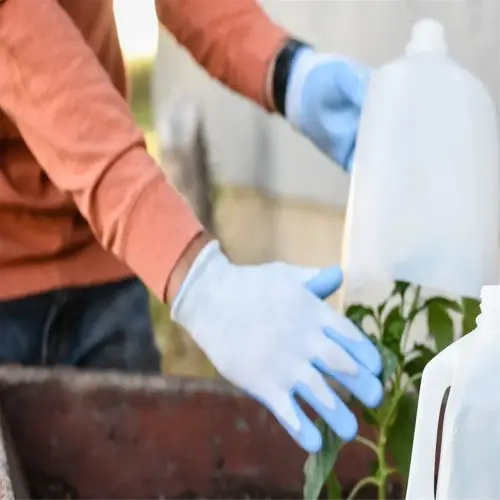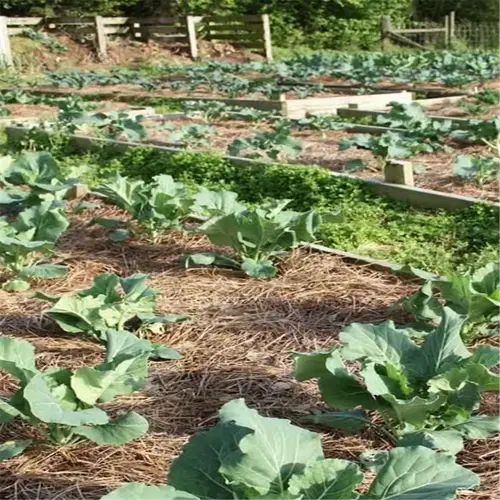How do I use hydrogen peroxide for root rot treatment?

Written by
Olivia Mitchell
Reviewed by
Prof. Martin Thorne, Ph.D.Hydrogen peroxide decomposes into oxygen and water, combating pathogens of root rot, while reinvigorating suffocated roots. I rescued a submerged monstera by soaking the roots in a 1:4 ratio of peroxide, and new growth emerged within ten days. Although, it is best employed early and in a regimented fashion.
Dilution Ratios
- Mild cases: 1 cup 3% peroxide + 4 cups water
- Severe infections: 1:3 ratio for initial treatment only
- Preventive maintenance: 1:10 ratio monthly
Application Methods
- Root soak: Submerge bare roots 10 minutes
- Soil drench: Pour until liquid drains from pot holes
- Spray: Mist stems/leaves every 72 hours for aerial infections
Safety Protocols
- Wear gloves to prevent skin irritation
- Apply at dawn to avoid sun-induced breakdown
- Discontinue if white fizzing lasts over 30 minutes
Observe the plants for indications of recovery, which will include more firm leaves and white root tips. The rate of progress with my peace lily (Spathiphyllum) involved observing a reduction of soil odor and the leaves "lifting" out of the horizontal position. The risk of oxygen burns will increase if the product is added too frequently. Attempt to maintain the 3-week maximum unless reinfected. As always, ensure you are using well-draining soil along with the treat for maximum effectiveness and sustainability overall.
Read the full article: Root Rot Symptoms: Signs, Causes, and Solutions

